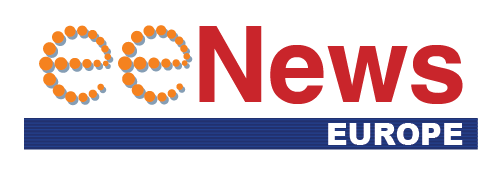
Truechip adds USB 4 HUB and Retimer models to verification portfolio
Truechip has announced that it has introduced USB 4 HUB and Retimer models to its existing verification IP product continuum. The addition of USB 4 HUB and Retimer models strengthens the USB verification IP offering holistically.
Nitin Kishore, CEO, Truechip said, “We have been the forerunner in introducing the latest verification IP (VIP) protocols and it is our constant endeavor to augment further functionalities to each of the VIPs in our portfolio. USB 4 HUB and Retimer models are the result of the same effort. We now cater to all wired USB standards including HUB and Retimers. By delivering USB 4 HUB and Retimer models designers can now create multiple instances, fostering flexibility to perform numerous blends of their DUT along with the models thus testing the DUT in multiple setups and scenarios and enhancing the DUT testing.”
USB 4 HUB verification IP features include:
- Lane adapters in the USB 4 HUB support RSFEC Encoding, Lane Bonding, Skew Mechanism, and Gen 3/2 operating speeds with Low Power — CL0s, CL1 and CL2.
- Prepares routing table for all tunneling protocols i.e., USB3, DP, PCIe and Host-to-Host tunneling.
The USB 4 Retimer articipates in Router detection and lane initialization from Phase – 1 to Phase – 5 in both with and without TBT3 Mode enabled. It also supports Retimer channel state machine — Bitlock, Forwarding, Low Power (CL0s, CL1 and CL2) and CLd state with Disconnect mechanism also present.
Saurabh Agarwal, Head-Marketing and Sales at Truechip, said, “We believe in innovations and have been the pioneer in the field of verification and today our products and services are highly recommended by professionals in the industry. We have extensive plan to expand our product offerings with an industry first P3 policy of performance, perseverance, and permanence. We have debuted the IP market with NoC Silicon IP. Truechip’s constant endeavor is to devise novel products and solutions which transfigure the processes in the semiconductor industry.”
 If you enjoyed this article, you will like the following ones: don't miss them by subscribing to :
eeNews on Google News
If you enjoyed this article, you will like the following ones: don't miss them by subscribing to :
eeNews on Google News





